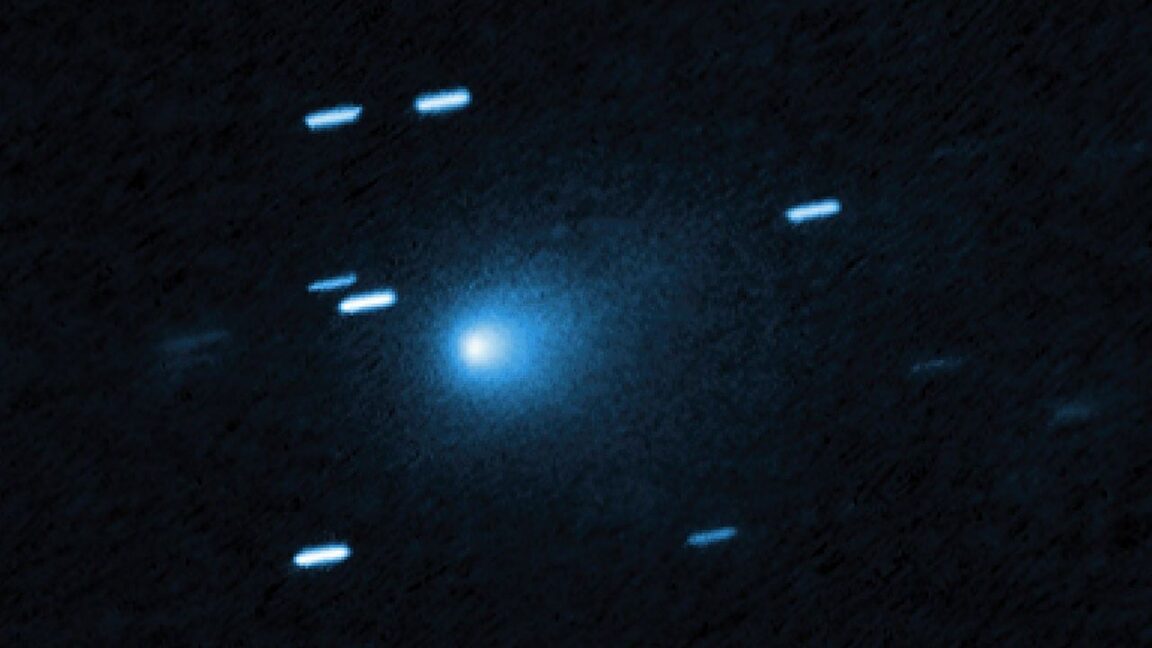#interstellar-comet
#interstellar-comet
[ follow ]
#3iatlas #astronomy #nasa #3i-atlas #hydroxyl-oh #ultraviolet-observations #exomars-tgo #hubble-space-telescope
fromWIRED
3 weeks agoInterstellar Comet 3I/ATLAS Is Spewing Water Like a Cosmic Fire Hydrant
Comet 3I/Atlas continues to be full of surprises. As well as being only the third interstellar object ever detected, new analysis shows it is producing hydroxyl (OH) emissions, with these compounds betraying the presence of water on its surface. This discovery was made by a team of researchers at Auburn University in Alabama using NASA's Neil Gehrels Swift Observatory, and was described in a study published in The Astrophysical Journal Letters.
Science
fromFuturism
3 weeks agoInterstellar Object Is Spraying Something Weird, Scientists Find
The object, which is widely believed to be comet, showed strong ultraviolet emissions that are unmistakable telltales of hydroxyl gas (OH), a byproduct of water, when astronomers imaged it with the with NASA's Neil Gehrels Swift space telescope before it disappeared behind the Sun. The emissions could only be spotted from space because the ultraviolet light would get absorbed in the atmosphere.
Science
Science
fromLondon Business News | Londonlovesbusiness.com
2 months agoNASA telescope reveals there is something strange about the interstellar object - London Business News | Londonlovesbusiness.com
Interstellar comet 3I/ATLAS shows an unusually high CO2-to-H2O ratio, extreme speed, and a flat trajectory suggesting origins beyond the Solar System.
fromMail Online
2 months agoMysterious interstellar object defies expectations as it nears Earth
New scans of the interstellar visitor known as 3I/ATLAS have found that it is likely an unusual comet that's much smaller than it previously appeared and is unexpectedly releasing loads of carbon dioxide gas (CO2). The large amount of CO2 pouring out, about 940 trillion molecules per second, is a major finding, suggesting 3I/ATLAS formed in a star system that doesn't look anything like ours, where comets are much different than the ones we see orbiting our sun.
Science
[ Load more ]









